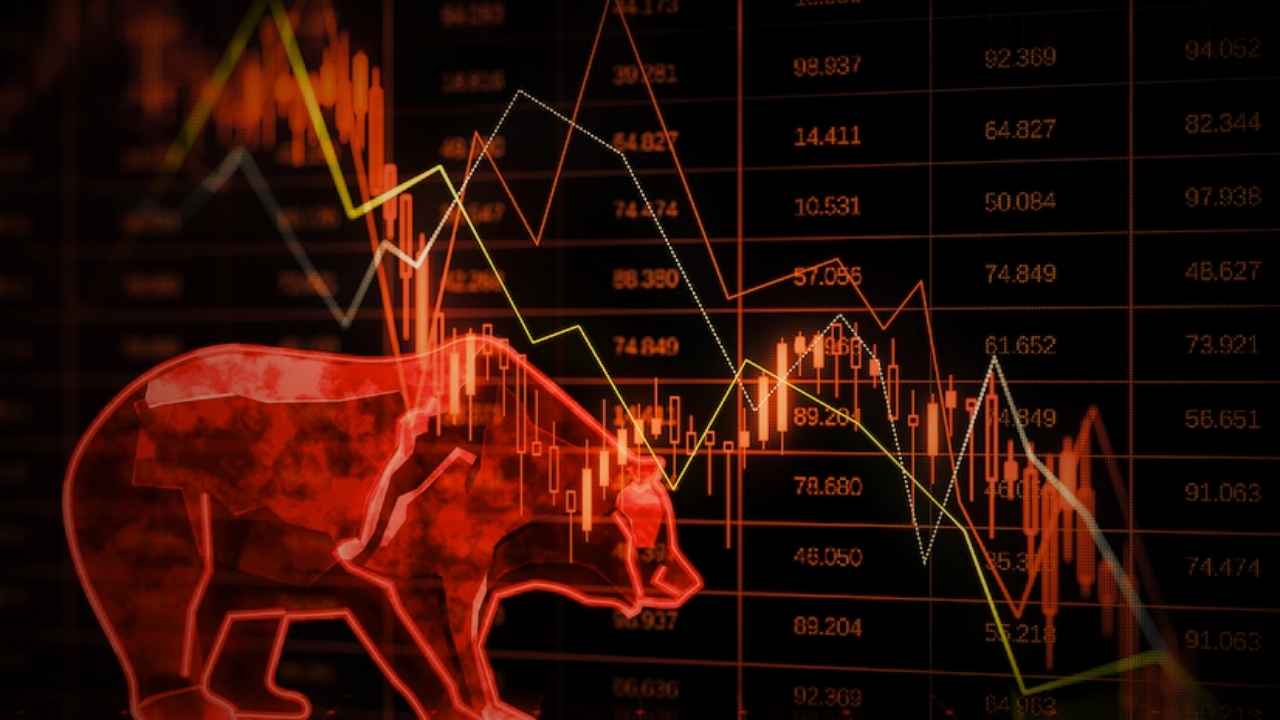The Indian stock market faced a dramatic decline recently, with the BSE Sensex plummeting over 1,200 points and the Nifty50 dipping below the critical level of 25,400. Such a substantial drop has sparked urgency among investors and market analysts alike to delve into the factors contributing to this abrupt downturn. In this article, we will explore the key elements influencing the stock market today and offer insights into the market’s current state.
Key Factors Driving the Stock Market Drop
- Global Economic Uncertainty: A significant catalyst for the recent crash has been the escalating global economic concerns, predominantly due to heightened geopolitical tensions in the Middle East. These tensions have triggered fluctuations in oil prices, affecting investor confidence worldwide. Concerns surrounding potential disruptions in crude oil supply chains are causing heightened volatility in energy markets, adding to the overall market dread.
- Disappointing Domestic Indicators: Domestic economic indicators have also painted a grim picture, with rising current account deficits and weak manufacturing data raising alarms about India’s economic health. These red flags contribute to a bearish sentiment towards the stock market, urging investors to reassess their portfolios and strategies.
- Profit-Taking Behavior: Following a series of strong gains in the stock market, many investors have opted to secure profits, further driving the market downward. With the Sensex hitting record highs previously, a natural correction was anticipated. The recent selling spree was evidenced by foreign institutional investors (FIIs), who offloaded shares worth approximately ₹5,579 crore in just one day, showcasing a clear trend of risk aversion among institutional players.
- Sectoral Disparities: The downturn has impacted various sectors differently. Although some segments, like the Nifty IT sector, managed to see gains amidst the chaos, others, particularly energy and telecom, have been battered. For instance, stocks such as IndusInd Bank and ONGC recorded significant losses as market participants reacted to sector-specific developments and performance metrics, showcasing the uneven impact of market fluctuations.
- Technical Analysis Trends: Analyzing market trends, technical assessment suggests that traders are favoring a “sell-on-rise” strategy amidst current conditions. While selective buying interests linger, the overall sentiment is still cautious as traders await further indicators from upcoming economic data releases. The India VIX, which indicates market volatility, surged by 12%, a clear signal of increased investor apprehension.
Current Market Performance Overview
At the start of trading on October 3, the market showcased alarming statistics:
- BSE Sensex: Suffered a notable drop of over 1,200 points, currently trading around 83,421.10.
- Nifty50: Dipped below the significant level of 25,400 points.
- India VIX: Increased by approximately 12%, reflecting a surge in market volatility.
Expert Insights on Market Dynamics
As analysts focus on the unfolding market scenario, upcoming economic indicators such as U.S. job data and manufacturing statistics will be closely monitored, as they could influence investor behavior in the days to come. Experts like Siddhartha Khemka from Wealth Management predict a phase of consolidation in the market, where stock-specific actions will be pivotal as companies release their quarterly earnings reports. Similarly, Ajit Mishra from Religare Broking highlights the expected focus on the IT and banking sectors, which are likely to be in the limelight as earnings season approaches.
The ongoing turmoil in the stock market reverberates through a complex network of global and domestic factors that are shaping investor decisions. With uncertainties looming on local and international fronts, traders remain watchful and prepared for potential stabilization or further declines, highlighting the ever-evolving nature of the investing landscape.












